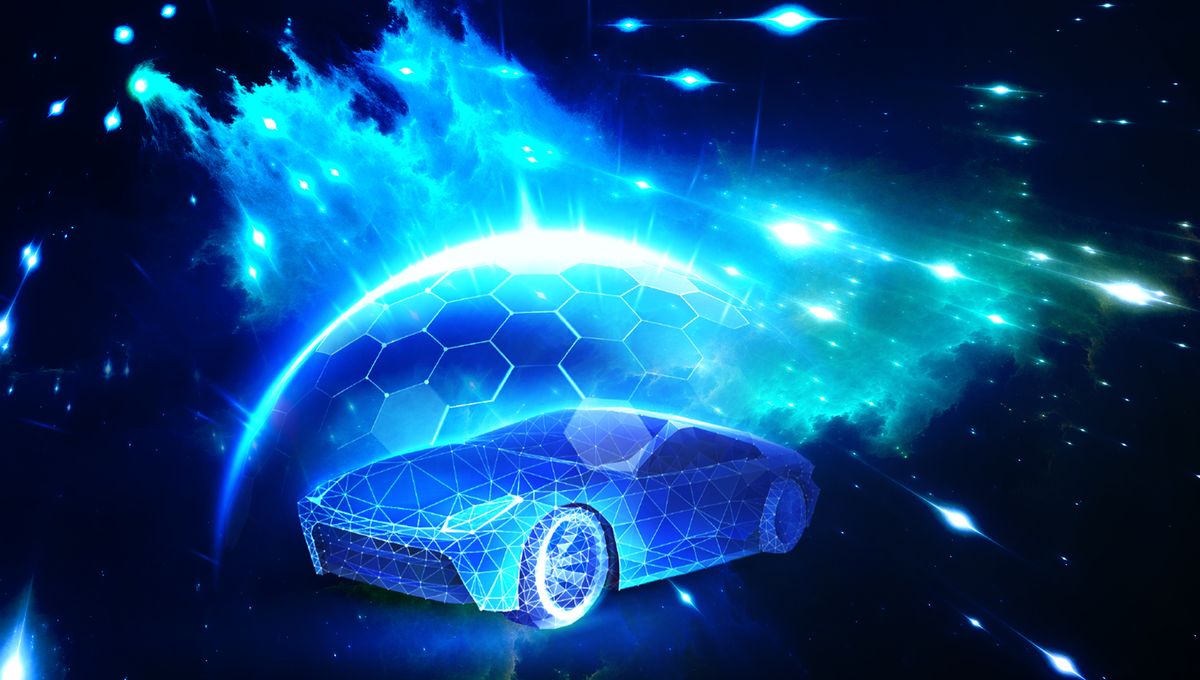
Earth is not an isolated system; our planet receives energy and particles from outer space. Some of those particles are what we refer to as cosmic rays, a source of radiation with celestial origin. In general, cosmic rays do not affect us humans. We have evolved under this shower of extraterrestrial particles. However, it does affect our technology, causing errors that can have very serious consequences.
Cosmic rays come from the Sun or celestial events such as supernovae and the remnant objects they leave behind like pulsars or black holes. Particles need to be accelerated to tremendous speed to travel across the vast gulfs of space and reach Earth’s surface. Our planet is pretty good at keeping a lot of this radiation out. Earth’s magnetic field both traps and deflects it. Sometimes it leads to aurorae, typically at the poles but when there’s a lot, like during last month’s cannibal coronal mass ejection, we can see them at lower latitudes.
The effect can be funny, like your [smart] refrigerator telling you that you’re missing bananas rather than oranges, or more annoying, like the windows of your domotic house opening when it’s raining.
Prof Paolo Rech
“Our atmosphere protects from those cosmic rays, except that there’s a very light rain of particles here at ground level,” Dr Chris Frost told IFLScience.
We visited Dr Frost at the ISIS Neutron and Muon Source – based at the Rutherford Appleton Laboratory of the UK’s Science and Technology Facilities Council – where he took us on a tour of the ChipIr instrument, which investigates how microchips respond to cosmic radiation. We and all other living beings have evolved with the cosmic rays falling on us, but modern technology hasn’t. That’s what they study at this “comic ray factory”.
Protecting our modern world from cosmic rays
Cosmic rays can cause radio blackouts and burn out devices like phones or GPS, partially damaging or even temporarily disabling them, but there are also more subtle effects. Cosmic rays hitting a silicon chip can cause different types of errors. A common one is bit flipping, a memory error where a computer bit goes from 0 to 1 or vice versa. Many systems have error correction algorithms to keep an eye on this.
“The effect can be funny, like your refrigerator telling you that you’re missing bananas rather than oranges, or more annoying, like the windows of your domotic house opening when it’s raining… It depends really on the situation,” Professor Paolo Rech, also at ChipIR, told IFLScience.
But there are more serious concerns. The use of AI in systems like self-driving cars cannot afford this kind of error. It could lead to the vehicle misinterpreting signs, or not seeing pedestrians or other vehicles. Testing those systems within a cosmic ray factory becomes a safety-critical requirement.
In the ChipIr instrument, a piece of tech is exposed to 1.5 billion neutrons. One hour inside the facility is equivalent to the shower of cosmic rays that a piece of tech would experience over 170,000 years. “We do that because we really make sure that things that are safety critical or commercial critical are very, very reliable,” Dr Frost explained.
The largest solar storm ever seen, the Carrington Event, occurred in 1859 and took out telegraph lines the world over. While the cosmic ray background is modest, it does occasionally pick up, like it did last month, especially as we head towards the solar maximum. If a Carrington Event-sized geomagnetic storm hit Earth today, with our dependence on technology, it could affect radio communications, GPS, satellites, the electrical grid and much more. Making sure the technology that is employed in the tools, instruments, appliances, and vehicles we use every day is cosmo-proof is more important than ever.
Source Link: Earth's Technology Faces A Cosmic Threat But Don't Worry, Scientists Are Working On It